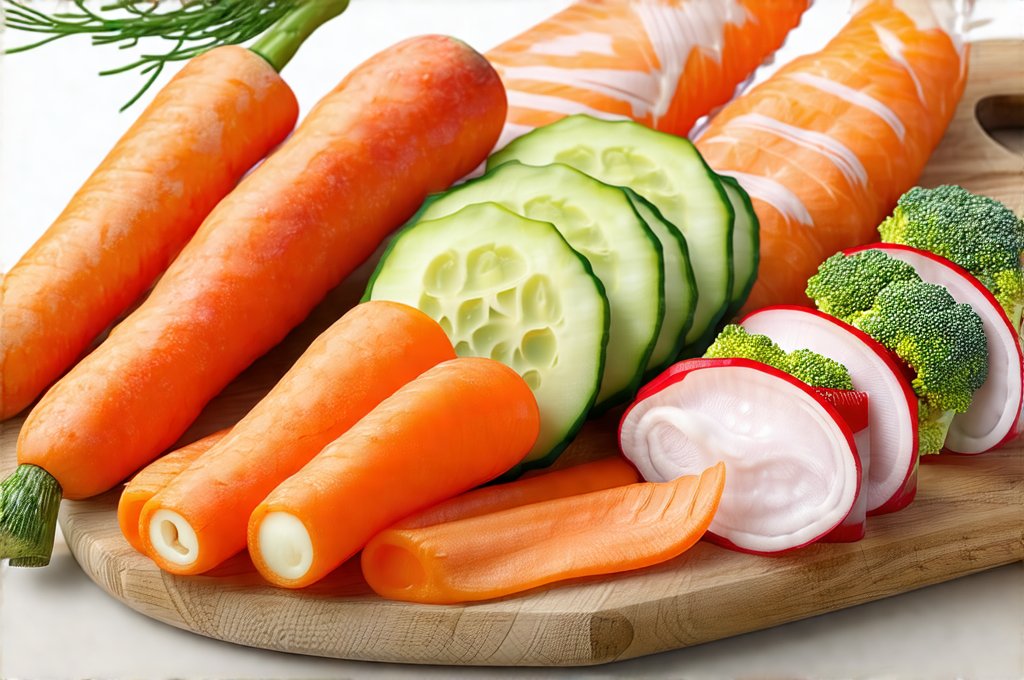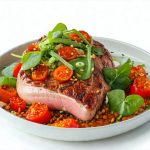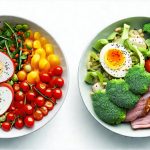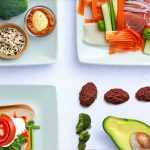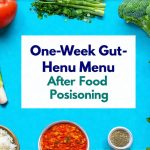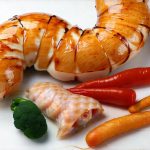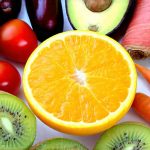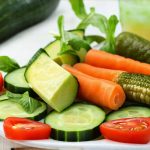Diarrhea, an often unpleasant but common ailment, typically resolves on its own within a few days. However, the aftermath can leave you feeling depleted and in need of gentle nourishment. Reintroducing foods too quickly after a bout of diarrhea can actually prolong discomfort or even trigger further episodes. The key is to focus on a gradual return to eating, prioritizing easily digestible options that soothe your gut and replenish lost nutrients. This isn’t about restrictive dieting; it’s about mindful eating designed to support the recovery process.
The digestive system, like any other part of the body, needs time to heal after being stressed by diarrhea. During this period, inflammation often accompanies the disruption of normal gut flora. Therefore, rebuilding a healthy internal environment is crucial. This means incorporating foods that are gentle on the stomach and intestines while simultaneously working to restore beneficial bacteria – those vital little helpers in our digestive process. Avoiding trigger foods and focusing on easily absorbed nutrients will significantly contribute to a quicker and more comfortable recovery. You might also consider using functional foods to gently rebuild gut microbiota after illness or antibiotics.
The BRAT Diet and Beyond
The “BRAT” diet – Bananas, Rice, Applesauce, Toast – has long been recommended as a starting point for reintroducing food after diarrhea. These foods are bland, low in fiber, and easy to digest, minimizing irritation to the sensitive gut. However, solely relying on BRAT can be limiting nutritionally and may not provide all the necessary nutrients for recovery. While it’s a good initial step, expanding beyond these four options is important as soon as you feel able. Think of BRAT as a foundation upon which to build a more comprehensive and nourishing dietary plan. If you are returning to solid foods after illness, consider developing a post-recovery diet that works for your system.
Rice, particularly white rice, provides a simple carbohydrate source that’s easily digestible. Bananas are rich in potassium, an electrolyte often lost during diarrhea. Applesauce (unsweetened) offers pectin, a type of fiber that can help solidify stool. And toast, made from white bread, is another gentle carbohydrate source. However, remember to introduce these foods slowly and observe how your body responds. If any food worsens symptoms, remove it from your diet temporarily.
It’s also important to stay hydrated. Diarrhea leads to significant fluid loss, so sipping on water, clear broths, or oral rehydration solutions is essential. Avoid sugary drinks, caffeine, and alcohol, as these can exacerbate dehydration and further irritate the digestive system. Gradually incorporate other easily digestible foods like boiled potatoes (without skin), oatmeal, and crackers as your tolerance improves. You might also consider what to eat safely after recovering from a viral stomach bug.
Soothing Your Gut: Gentle Food Choices
Beyond the BRAT diet, several other foods are particularly gentle on a recovering gut. Cooked vegetables, such as carrots, green beans, and squash, provide essential vitamins and minerals without being overly fibrous. Lean proteins like boiled chicken or fish are also good choices, offering building blocks for tissue repair. Avoid fried, greasy, spicy, or highly processed foods, as these can put additional stress on the digestive system.
Probiotic-rich foods play a vital role in restoring gut health after diarrhea. Yogurt with live and active cultures (choose plain, unsweetened varieties), kefir, and fermented vegetables like sauerkraut can help repopulate the gut with beneficial bacteria. These probiotics aid digestion, boost immunity, and contribute to overall gut wellness. However, if you’re lactose intolerant, opt for dairy-free probiotic sources or consider a probiotic supplement after consulting with a healthcare professional.
Furthermore, incorporating soluble fiber into your diet as tolerance increases can help regulate bowel movements. Soluble fiber dissolves in water, forming a gel-like substance that adds bulk to stool and slows down digestion. Good sources include oats, barley, and applesauce. However, avoid insoluble fiber (found in whole grains, raw vegetables, and nuts) initially, as it can be more difficult to digest. If you’ve had high-fiber days, consider stomach-soothing foods for relief.
The Role of Hydration & Electrolytes
Diarrhea causes a rapid loss of fluids and electrolytes – essential minerals like sodium, potassium, chloride, and magnesium – which are vital for bodily functions. Dehydration is a serious concern, so maintaining adequate hydration is paramount. Water should be your primary source of fluid, but clear broths and oral rehydration solutions (ORS) can also help replenish lost electrolytes.
- Sip small amounts of fluids frequently throughout the day rather than drinking large quantities at once.
- Avoid sugary drinks like juice and soda, as they can worsen dehydration.
- Look for ORS packets at your local pharmacy or prepare a homemade solution using water, salt, and sugar (following recommended ratios).
- Monitor your urine color; pale yellow indicates adequate hydration, while dark yellow suggests you need to drink more fluids.
Foods to Avoid During Recovery
Certain foods can exacerbate diarrhea symptoms and hinder recovery. These include:
- Dairy products: Lactose intolerance is common after a bout of diarrhea, so temporarily limit or avoid dairy.
- Fatty foods: Fried foods, greasy meals, and high-fat snacks are difficult to digest and can worsen diarrhea.
- Spicy foods: Capsaicin in spicy foods irritates the digestive tract.
- Caffeine and alcohol: Both act as diuretics, contributing to dehydration and potentially exacerbating symptoms.
- Artificial sweeteners: Some artificial sweeteners can have a laxative effect.
- High-fiber foods (initially): While beneficial later, insoluble fiber can be difficult to digest during the early stages of recovery.
Listening to Your Body: A Gradual Approach
The most important aspect of post-diarrhea nutrition is listening to your body. There’s no one-size-fits-all approach. Start with small portions of bland foods and gradually introduce new items as tolerated. Pay attention to how you feel after each meal and adjust your diet accordingly. If a food causes bloating, gas, or diarrhea, remove it from your diet temporarily.
Remember that recovery takes time. Be patient with yourself and prioritize gentle nourishment over restrictive dieting. Focus on replenishing lost fluids and electrolytes, restoring gut health, and allowing your digestive system to heal. A gradual and mindful approach will help you regain strength and comfort after a bout of diarrhea. If symptoms persist or worsen, consult with a healthcare professional for personalized advice. You may also consider what to eat first after a long fast to avoid nausea as you reintroduce foods. And, if you’ve had an evening of overindulgence, remember what to eat afterwards.

